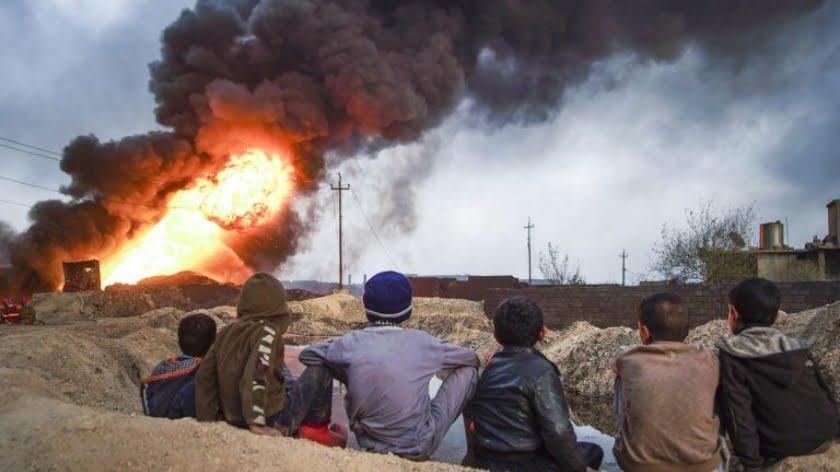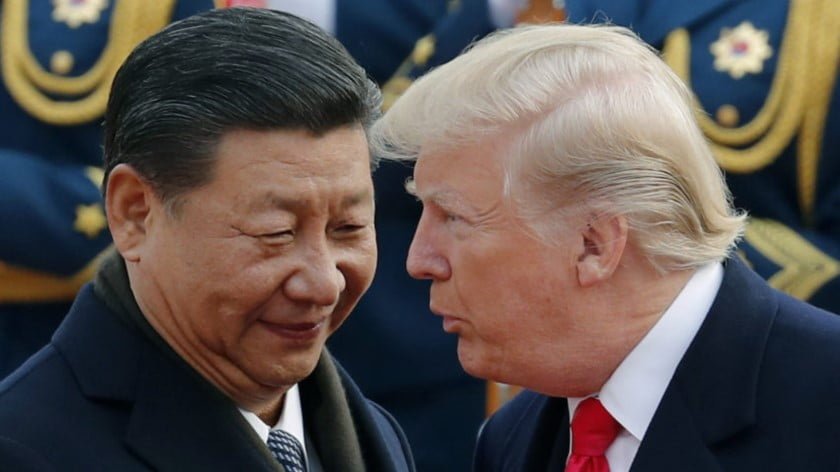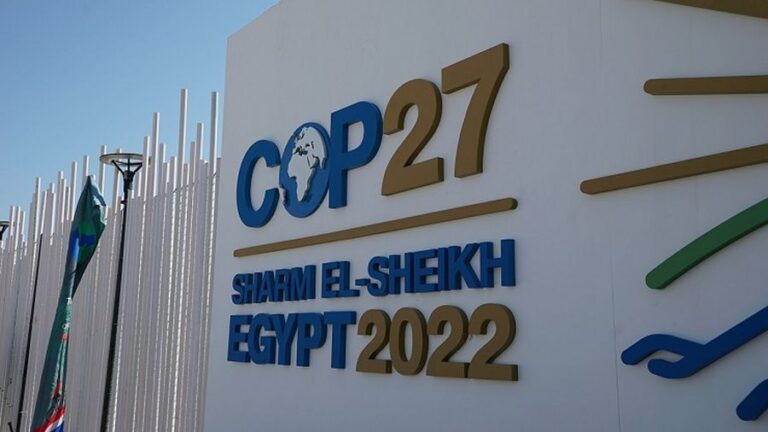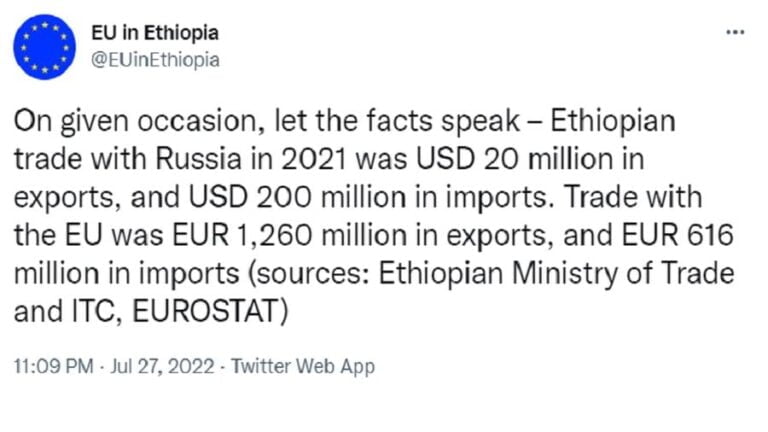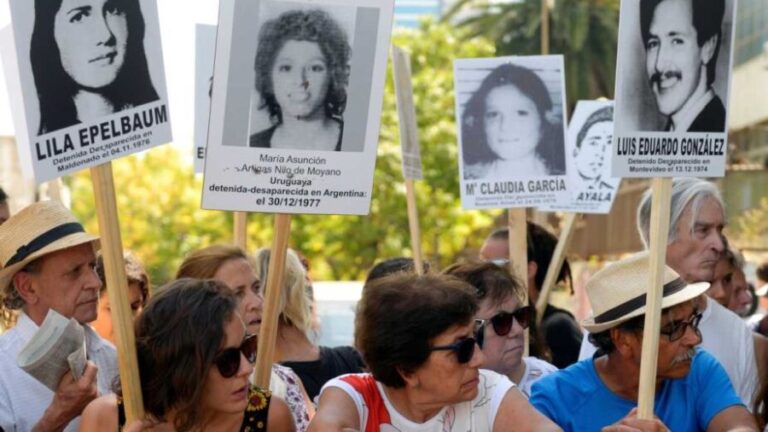Life Among the Rubble: Mosul 18 Months after “Liberation”
Recent news of drought has brought Mosul, Iraq, to the attention of Western media; for the drought has led to the discovery of ancient ruins of archaeological significance. But let’s not forget the other news: the UN report on returnees. The refugees are returning to the carnage wrought upon the city by the US and its allies under the pretext of “liberating” it from Daesh: carnage that transformed much of the city to modern ruins.
ANCIENT RUINS DISCOVERED
Mosul is a city in Iraqi Kurdistan with a population of 1.3 million; 60% of whom are Sunni Arabs, around 25% of whom are Kurds. Ongoing drought has brought Mosul to the attention of Western media, as receding water levels at Kemune reservoir reveals the ruin of a 3,400 year-old palace. Researchers from the University of Tübingen and the Kurdistan Archaeology Organization reckon that the palace was part of the Mittani Empire (circa 1450-1350 BCE). According to one archaeological history, “[Mittani’s] end as independent realm can be dated to the time of Hittite king Šuppiluliuma I in the middle of the 14th century BC.”
Echoes of the conquests and rivalry of the ancient past haunt both recent history and the present. The so-called Mosul Question was a territorial dispute in the early-20th century between the British and Ottoman empires, with both parties wanting a share of the region’s oil. In the latter-part of the 20th century, Iraq’s one-time US-British-backed dictator Saddam Hussein launched the Anfal genocide against Kurds who have historic and ongoing links to the region. A couple of years ago, the US-approved leaders of the central Iraqi government and the regional Kurdish authorities squabbled over control of Mosul, anticipating that Daesh would be defeated.
But the discovery of ancient Mittani ruins coincides with darker news. A recent report by the UN International Organization for Migration documents the effects of the US-led coalition bombardment of the city. It begins: “Entire neighborhoods have not yet been rebuilt, basic services are insufficient in some areas, and poor sanitation is contributing to serious public health problems and the spread of diseases. Furthermore,” the report continues, “reports of harassment and violence against civilians by state as well as non-state actors are undermining efforts to build trust in state institutions and authorities.” Western-led humanitarian intervention is the price that Iraqis pay for being an oil-rich, militarily vulnerable nation.
MAKING ENEMIES
Daesh (a.k.a., Islamic State) was largely the by-product of US-British savagery in Iraq. Having left the nation politically and infrastructurally decimated by decades of unprecedented sanctions, military occupation, and divide-and-conquer strategizing, the more extreme Islamic elements in Iraq—backed by foreign powers for their own geostrategic interests—sprouted from fertile ground. The US Army’s Strategic Studies Institute launched an unusually scathing attack on the Bush II administration’s decision to invade Iraq in 2003 and how it and the succeeding Obama administration handled the occupation. Ignoring moral questions and focusing solely on tactics, as well as blaming the US-backed politician Ahmed Chalabi, the report (worth quoting at length) says that the growth of the Islamic State Organization (ISO):
“did not occur in a vacuum … The ISO would not exist, or at this level of severity at least, had the ruling Shia elements in Iraq following the USG [US Government] occupation made the essential, painful choices required to pursue a new social compact with the nation’s Sunni population. Or, had the USG not operationalized Ahmad Chalabi’s long-dreamt of goal of imposing a punitive de-Ba’athification,”
meaning the dismantling of Iraq’s political, military, and policing infrastructure. It goes on:
“Or, had the USG not imposed the disastrous policy of dissolving the Iraqi armed forces and security forces, numbering in the hundreds of thousands; or had been prepared for a Sunni insurgency; or had developed a realistic post-occupation, longer-term stabilization policy based in a keen and learned awareness that the USG’s decapitation, occupation, and empowerment of Iraq’s Shia would profoundly destabilize an existing equilibrium in Iraq; or understood that the decapitation of the Iraqi regime would profoundly alter the terms of the broader Sunni-Shia rivalry inaugurated by the emergence of a Shia revolutionary State in 1979, and thereby further energizing proponents and antagonists who view this schism as a difference so wide as that between God and the Devil; or, finally, had the USG not first gone into Iraq the wrong way, and later repeated the error by disengaging from Iraq the wrong way.”
Even though US-British violence created Daesh, the US-British answer to defeating Daesh was more violence.
AIR AND GROUND WAR
In June 2014, Daesh took Mosul, triggering a refugee flight of half a million. According to the timeline, by September ten Arab majority states announced their participation in the US-led anti-Daesh coalition. Britain started bombing Iraq, again, on September 30th with Paveway IV and Brimstone missiles. As well as using Reaper drones in its anti-Daesh operations, the UK supplied 275 ground troops. By the end of the destruction of Mosul, the UK had 600 personnel on the ground in Iraq. Maj. Gen. Rupert Jones boasted that “the UK was the second biggest contributor from a military perspective in the campaign.” According to Forces.Net, the British Army trained 75,000 Iraqi military personnel at Camp Taji and other bases. Many of those who fought in Mosul committed war crimes, including torturing and murdering alleged Daesh members. In particular, the US-trained 16th Division executed suspects, including children.
These atrocities pale in comparison to the devastation of the aerial bombardments.
In 2016, the US-led coalition dropped 30,743 bombs on Iraq and Syria. In 2017, it dropped 39,577. In 2018, the coalition dropped over 6,800 bombs. In February 2018, Pehr Lodhammar of the UN Mine Action Service reported that the “liberation” of Mosul had left 11 million tonnes of debris, burying two-thirds of the unexploded bombs (UXB). The anti-mine, anti-UXB operations will take the UN a decade to complete; assuming that their budget isn’t reduced. It took the agency 12 months to remove 25,000 explosive remnants in Mosul alone. The BBC reported that UK Ministry of Defence bombs “malfunctioned and strayed off target” sometimes by “hundreds of metres,” adding to the civilian death toll which reached up to 10,000; 11,000, according to the same Forces.Net source noted above. Mosul resident and civilian, Abdel Rahman Ali, lost five children to the blitz. “Nobody destroyed us except the coalition,” he told the BBC.
In its written evidence to the British government, Amnesty International says: “Our field research constitutes prima facie evidence that Coalition strikes, which killed and injured civilians in Syria and Iraq, violated International Humanitarian Law (IHL).” Criticizing what it calls a “crisis in accountability,” Save the Children’s written evidence notes that $700 million-worth of damage was wrought on each of Mosul’s 54 residential districts. Save the Children concludes: “In Mosul, the UN Security Council also found that at least 4200 civilians were killed by EWIPA [explosive weapons with wide-area effects in populated areas] between October 2016 and July 2017. Research undertaken by the UN suggests that in such settings, over 90 percent of the casualties are civilians.”
IN CONCLUSION
Instead of being decapitated and immolated by Daesh, thousands of inhabitants of Mosul were blown to pieces and incinerated by US-British bombs. UN International Organization for Migration’s recent report notes that, at its peak, nearly one million residents fled the city. By now, 350,000 or so remain “internally displaced persons” (IDPs). “Many IDPs are unable to return because their houses have been destroyed, either by [Daesh] or during the battle, and renting or buying new property is prohibitively expensive.” They are some of the millions of refugees generated by the US-British imperial war machine. Mosul is a small part of a much larger tragedy: one of US global hegemony in the age of Full Spectrum Dominance.
By Dr. T. J. Coles
Source: Counter Punch

